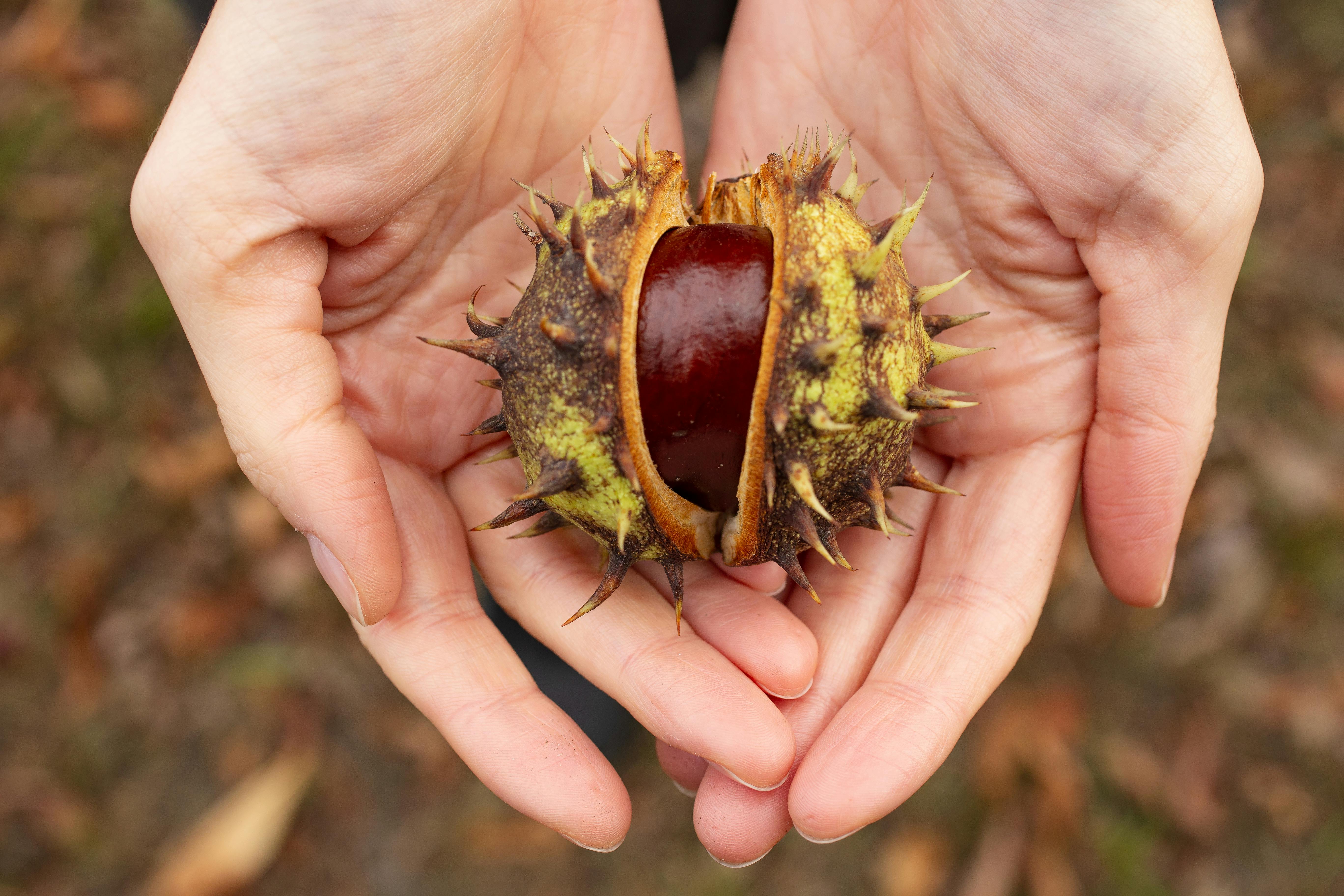MR GARDENER: Your Ultimate Guide to Gardening Success
The Fundamentals of Gardening with Mr Gardener
Gardening can be a fulfilling and therapeutic hobby, but getting started may feel overwhelming for beginners. Mr Gardener offers essential tips and resources for anyone looking to cultivate their green thumb. In this section, we’ll explore the fundamentals of gardening, including understanding soil types, selecting the right plants, and the importance of seasonal planning. Through simple advice and practical strategies, you’ll be on your way to creating a flourishing garden.
Understanding Soil Types
Soil is the foundation of your garden, and understanding its various types is crucial for successful gardening. The main types of soil are sandy, clay, silt, and loam. Sandy soil drains quickly but holds few nutrients, while clay soil retains moisture but can become compacted. Silt is fertile and retains moisture well, but loam is considered the ideal soil as it combines the best properties of all types. To improve your garden’s soil, consider incorporating organic matter such as compost or well-rotted manure, which can enrich nutrient content and enhance your soil’s texture. By assessing your soil type, you can select the best plants and amendments to ensure thriving growth.
Choosing the Right Plants
Selecting plants that are suited to your environment is essential for gardening success. Factors such as climate, sunlight exposure, and space availability all influence your choices. When using Mr Gardener’s guidelines, opt for native plants, as they are adapted to your local climate and require less maintenance. For example, if you live in a sunny area, consider drought-resistant plants like lavender or succulents. Conversely, in shaded spaces, opt for plants like ferns or hostas. Every plant selection contributes to the overall aesthetic and health of your garden. Through careful consideration of plant choices, you’ll achieve a beautiful and sustainable garden.
Seasonal Planning in Gardening
Effective gardening requires keen awareness of seasonal changes and how they affect plant growth. Understanding the gardening calendar helps you know when to plant, prune, and harvest. Mr Gardener emphasizes the importance of planning ahead for each season. For example, start by planting seeds indoors in late winter to get a jumpstart on your growing season. As spring arrives, transition your seedlings outdoors and begin selecting perennials and annuals for flower beds. Additionally, in the fall, it’s time to prepare your garden for winter by mulching and protecting your delicate plants. Proper seasonal planning leads to a thriving garden that adapts to environmental shifts.
Advanced Techniques with Mr Gardener
For those ready to elevate their gardening experience, advanced techniques can take your garden to the next level. Whether you’re interested in hydroponics, companion planting, or heirloom seeds, Mr Gardener provides the insights needed to explore these exciting methods. In this section, we’ll delve into some advanced gardening practices, including tips for maximizing yield and enhancing plant health.
Embracing Hydroponics
Hydroponics is an innovative gardening technique that allows you to grow plants without soil, using nutrient-rich water instead. This method promotes faster growth and can be done in limited spaces, making it ideal for urban gardeners. You’ll need a hydroponic system, which can range from simple DIY setups to commercially available systems. Start with easy-to-grow crops like lettuce or herbs, as they thrive in hydroponic environments. Mr Gardener suggests regularly monitoring pH and nutrient levels to ensure optimum plant health. With a little experimentation, hydroponics can lead to impressive yields and a fresh supply of produce.

Utilizing Companion Planting
Companion planting is the practice of growing different plants together to benefit one another, whether through pest control, nutrient sharing, or providing shade. For instance, planting marigolds alongside vegetables can help deter harmful insects. Similarly, beans can enrich soil nitrogen levels, benefiting nearby plants. Mr Gardener provides a comprehensive guide on the best plant pairings, enabling you to optimize your garden’s ecosystem. Implementing this technique not only creates a healthier garden but also enhances biodiversity.
Exploring Heirloom Seeds
Heirloom seeds are open-pollinated varieties that have been passed down through generations, celebrated for their rich flavors and adaptability. By choosing heirloom seeds, you contribute to biodiversity and can access unique plant varieties not found in typical retail markets. Mr Gardener emphasizes the importance of selecting seeds from reputable sources to ensure quality and authenticity. Start with easy-to-grow heirloom varieties like tomatoes or peppers, and watch as your garden bursts with character and flavor. This choice leads to a rewarding gardening experience, characterized by uncommon delights.
Essential Tools for Every Gardener
Proper gardening tools can significantly enhance your gardening efficiency and effectiveness. Mr Gardener urges every gardener to invest in a good set of basic tools and gradually expand their collection as needed. In this section, we will highlight essential tools for various gardening tasks and discuss their specific benefits.
Basic Gardening Tools
To begin with, a sturdy pair of gloves and a trowel are indispensable in any gardener’s toolkit. Gloves protect your hands from thorns and dirt, while a trowel allows you to dig, plant, and transplant with ease. Additionally, a hand pruner is essential for trimming and shaping your plants. Mr Gardener also recommends having a wheelbarrow for transporting soil and plants and a rake for leveling your garden beds. Investing in high-quality tools can save you time and effort, leading to a more enjoyable gardening experience.

Expanding Your Toolbox
As you develop your gardening skills, consider expanding your toolbox with more specialized tools. A soil pH tester is essential for ensuring your soil’s health and fertility, while a garden fork can help loosen compacted soil. Additionally, tools like a watering wand can aid in gentle irrigation, and a seed spreader can facilitate even distribution. Mr Gardener reminds us to always maintain your tools by cleaning and sharpening them regularly to prolong their life and enhance performance. Each addition to your gardening arsenal supports your journey toward becoming an accomplished gardener.
Common Gardening Challenges and Solutions
Every gardener encounters challenges, from pests to poor soil conditions. Understanding common gardening challenges allows you to prepare and implement effective solutions. In this section, we will explore these challenges and the tools provided by Mr Gardener to tackle them.
Dealing with Pests Naturally
Managing pests can be daunting for gardeners, but natural solutions are both effective and environmentally friendly. Mr Gardener recommends integrated pest management (IPM) strategies, which involve monitoring pest populations and using natural predators such as ladybugs to keep them in check. Planting companion plants that repel pests is another smart strategy. For example, basil repels mosquitoes while attracting pollinators. By embracing natural pest management techniques, you create a healthier ecosystem in your garden.
Improving Soil Health
Poor soil health can hinder plant growth and lead to a lackluster garden. To improve soil quality, consider strategies such as crop rotation and adding organic matter like compost or mulch. These practices enhance nutrient levels and improve soil structure. Mr Gardener suggests conducting a soil test to better understand your soil’s composition, ensuring you choose the correct amendment mix. By prioritizing soil health, you empower your plants to thrive and flourish.
Key Takeaways
- Understanding soil types and enhancing soil quality are fundamental for successful gardening.
- Seasonal planning and proper plant selection contribute to garden vitality and aesthetics.
- Advanced techniques like hydroponics and companion planting maximize yields and plant health.
- Essential gardening tools facilitate efficiency and effectiveness in garden maintenance.
- Addressing common gardening challenges with natural methods preserves a healthy ecosystem.
FAQ
1. What are the best plants for beginners in gardening?
For beginners, it’s advisable to start with easy-to-grow plants such as radishes, lettuce, and sunflowers. These plants are resilient and can thrive in various temperatures and conditions. Additionally, consider herbs like basil and mint that not only grow well but can be used in cooking, thereby adding value to your gardening experience.
2. How do I prepare my garden for winter?
Preparing your garden for winter involves several key steps: first, clear away all dead and decaying plants to prevent pests and disease. Next, apply mulch to your garden beds to protect the soil and plants from freezing temperatures. Finally, consider planting cover crops, such as clover, which can enhance soil health by preventing erosion and adding nitrogen back into the soil.
3. What are the benefits of using heirloom seeds?
Heirloom seeds offer the benefit of unique flavors and adaptations. Unlike hybrid varieties, heirloom plants can be saved and replanted each year, supporting biodiversity and sustaining local ecosystems. Additionally, many heirloom varieties are more resilient to pests and diseases, making them a sustainable choice for gardeners looking to preserve garden integrity.
4. How can I identify my soil type?
To identify your soil type, conduct a simple jar test by mixing soil with water in a clear container. After letting it settle for a few hours, observe the layers that form. Sand will settle at the bottom, silt in the middle, and clay will rise to the top. This DIY method gives you insight into your soil composition, helping you make informed decisions for improvement.
5. What is the importance of crop rotation?
Crop rotation is essential for maintaining soil health and fertility. By rotating crops, you minimize the risk of pests and diseases, prevent soil depletion, and improve overall yield. This practice allows you to replenish nutrients naturally, ensuring that your soil remains healthy year after year.
